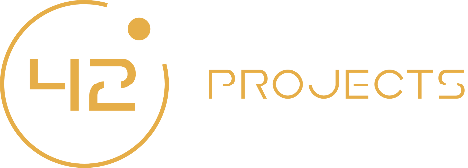🖥️ Modern web design with HTML
HTML (Hypertext Markup Language) is the basic building block language of the World Wide Web. It enables the structuring of content on websites and forms the backbone of every web application. With HTML, developers can display content such as text, images, videos and links in a structured and semantically correct way.
🌟 HTML: The building blocks of web design
Semantic structuring
HTML offers a variety of semantic elements that make it possible to structure the content of a website logically and help search engines and browsers to better understand the pages.
Flexibility and expandability
HTML is extremely flexible and can be combined with other technologies such as CSS (Cascading Style Sheets) and JavaScript to create interactive and appealing user interfaces. It also offers the option of using user-defined attributes and data attributes to store additional information.
Accessibility and compatibility
Modern HTML standards attach great importance to accessibility and accessibility. With the right practices in place, developers can ensure that their websites are accessible to people with disabilities and work consistently across a variety of devices and browsers.
🌟 HTML web design from a professional
Web development
Our team of HTML experts is on hand to help you plan, develop and implement your web projects. We use HTML to create appealing, user-friendly and scalable websites that are tailored exactly to your requirements.
Customization and integration
We offer customized HTML solutions that can be seamlessly integrated into your existing IT infrastructure. Our customized HTML applications boost the efficiency of your business processes and make it easier to manage your online presence.
Security optimization
Our HTML experts take care of everything from performance optimization to security enhancements to ensure that your web applications work reliably, quickly and according to the latest security standards.
🌐 Application areas for HTML solutions
Static websites
Responsive design
E-mail templates
Microsites and campaign pages
Prototyping and wireframing
Documentation and e-learning
👨🏼💻 Our app development process
01
Get an overview
Everyone thinks differently. Therefore, it is very important for us to understand your request with all related requirements before we take the next step. Classic question-and-answer-game.
Methodology & Technology:
02
Research & Planning
We then research the current state of affairs and begin a detailed requirement analysis and IT architecture planning as a basis for preparing the offer.
Methodology & Technology:
03
Design & Prototyping
After you have been convinced by our offer, we usually start (in regular exchange with you) with the creation of a design concept as well as a clickable prototype.
Methodology & Technology:
04
Implementation
Now comes our favorite part. After approving the design and choosing the technologies to be used, we get to work on the implementation and develop your product iteratively.
Methodology & Technology:
05
Testing & Bugfixing
Before we let real users loose on the application, we go hunting for bugs and fix them right away. If desired, we also perform stress and performance tests.
Methodology & Technology:
06
Out into the wide world!
The release day is probably your favorite part. We make the application available to real users and take over the care and maintenance of the product directly afterwards.
Methodology & Technology:
🛠️ Verwendete Technologien
Your idea is our project.
And then – We make IT happen!
🤝 Industries with which we
work together

